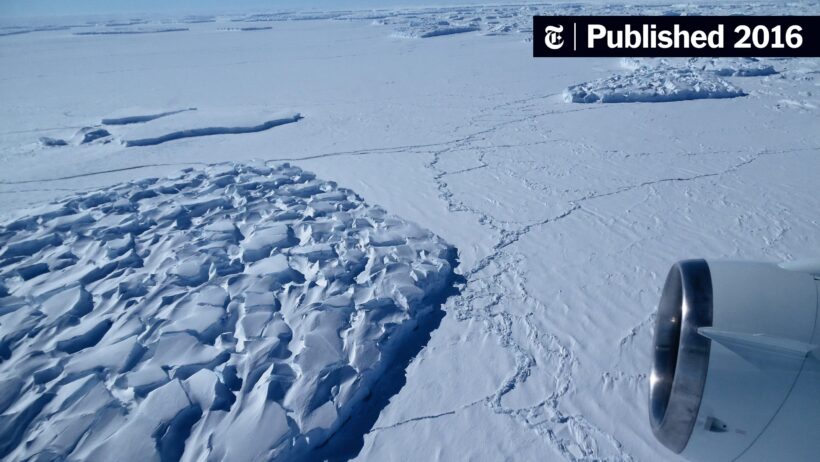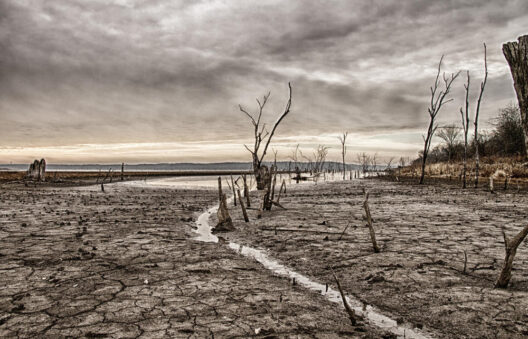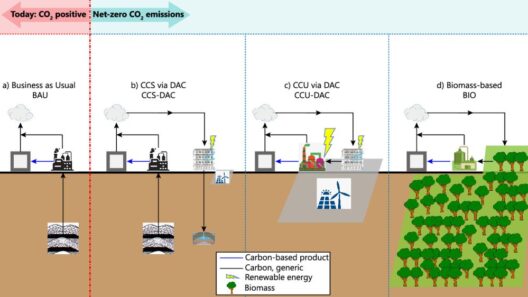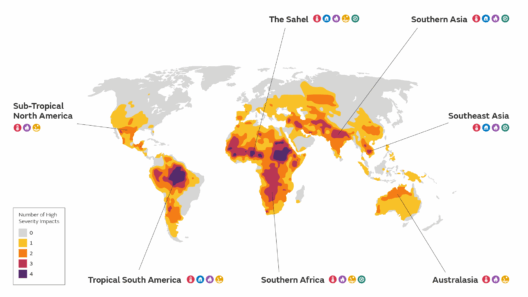Antarctica, often seen as a stark, icy expanse at the bottom of the world, tells a profound story that intertwines with humanity’s most pressing dilemma—climate change. As the globe warms, what does the future hold for this vast and remote continent? Could we be inhabitants of a world where the polar denizens of Antarctica are forced to adapt—or worse, face extinction?
The impact of global warming on Antarctica is manifesting in myriad ways, each detail composing a sobering narrative about our planet’s health. Consider the ice sheets that have long served as a barometer for climate stability. The West Antarctic Ice Sheet, in particular, has begun to show alarming signs of instability. If it were to collapse completely, it could lead to a sea-level rise of over three meters—a cataclysmic event that poses risks not only to coastal cities but also to ecosystems around the globe.
The primary catalyst for this transformation? Rising global temperatures. The Intergovernmental Panel on Climate Change (IPCC) has projected that, should greenhouse gas emissions continue on their current path, we might experience a temperature increase of 2 to 4 degrees Celsius by the end of the century. This seemingly modest rise belies its potential to melt vast swathes of ice and disrupt ocean currents, which could lead to unforeseen climatic repercussions worldwide.
Interestingly, the Antarctic region is not merely a passive victim of warming; it is also a critical player in Earth’s climatic systems. The Antarctic Circumpolar Current keeps warmer waters at bay, maintaining the continent’s chilling temperatures. However, ocean temperatures are slowly encroaching on this cold fortress, causing ice shelves to disintegrate more rapidly than anticipated. In fact, the Pine Island and Thwaites glaciers are receiving increasing attention as they are among the most vulnerable. Researchers describe their melting as akin to opening a spigot; the consequences of their collapse could be catastrophic for global sea levels.
Moving beyond the ice sheets, the ecosystem within Antarctica is also under siege. The continent’s wildlife—penguins, seals, and whales—depends on stable sea ice for breeding, feeding, and shelter. As the ice thins and retreats, these species face existential challenges. For instance, the Adélie Penguin, a symbol of Antarctic wildlife, is seeing declining populations due to the loss of sea ice, which it relies on for hunting. As we witness these shifts, one must ponder: What will Antarctica’s bio-diversity look like in a century? Will species adapt to the changing climate, or will some face extinction?
Furthermore, warming temperatures initiate a cascading series of ecological events. The melting glaciers release freshwater into the ocean, altering salinity levels and impacting ocean currents. These changes threaten to disrupt the delicate balance of marine ecosystems. A potential question emerges: How would a disruption in one part of the world’s ocean currents influence weather patterns and marine life thousands of miles away?
Besides immediate ecological changes, the consequences of glacial melting include the release of ancient pathogens and pollutants. Glaciers, often referred to as time capsules, contain microorganisms and chemical contaminants entombed for millennia. As these ice reserves melt, they may release these dormant agents back into the environment, possibly posing new risks to both human and animal health. The ramifications of such an event may prove difficult to quantify, as we currently lack comprehensive studies on the potential threats posed by ancient pathogens.
There is also a socio-economic dimension to consider. As sea levels rise, coastal communities may find themselves displaced, leading to an increase in climate refugees. This scenario raises ethical questions: Are wealthier nations prepared to offer sanctuary to those uprooted by climate-induced changes? The stark realities are often complicated by national policies and global geopolitics, illustrating the urgent need for collaborative international solutions.
To stem the tide of these ominous transformations, immediate action is of the essence. The global community has convened multiple times to devise strategies to curb emissions and to mitigate climate change’s impact. The Paris Agreement represents a collective effort towards limiting global warming, aiming for an increase of no more than 1.5 degrees Celsius. However, this goal requires unprecedented cooperation among countries—and prompt effectuations of policy reforms. Are we willing to rise to this challenge?
In conclusion, Antarctica’s unfolding narrative serves as a poignant reminder of our interconnected fate. The changes underway in this frozen realm highlight not just environmental degradation but the ethical obligations we must embrace as stewards of the Earth. Failing to act decisively may result in catastrophic impacts that stretch far beyond the icy shores of Antarctica itself. Are we prepared to confront the realities of a warming world? The choices we make today will dictate the future, not just for Antarctica, but for the entire planet.







